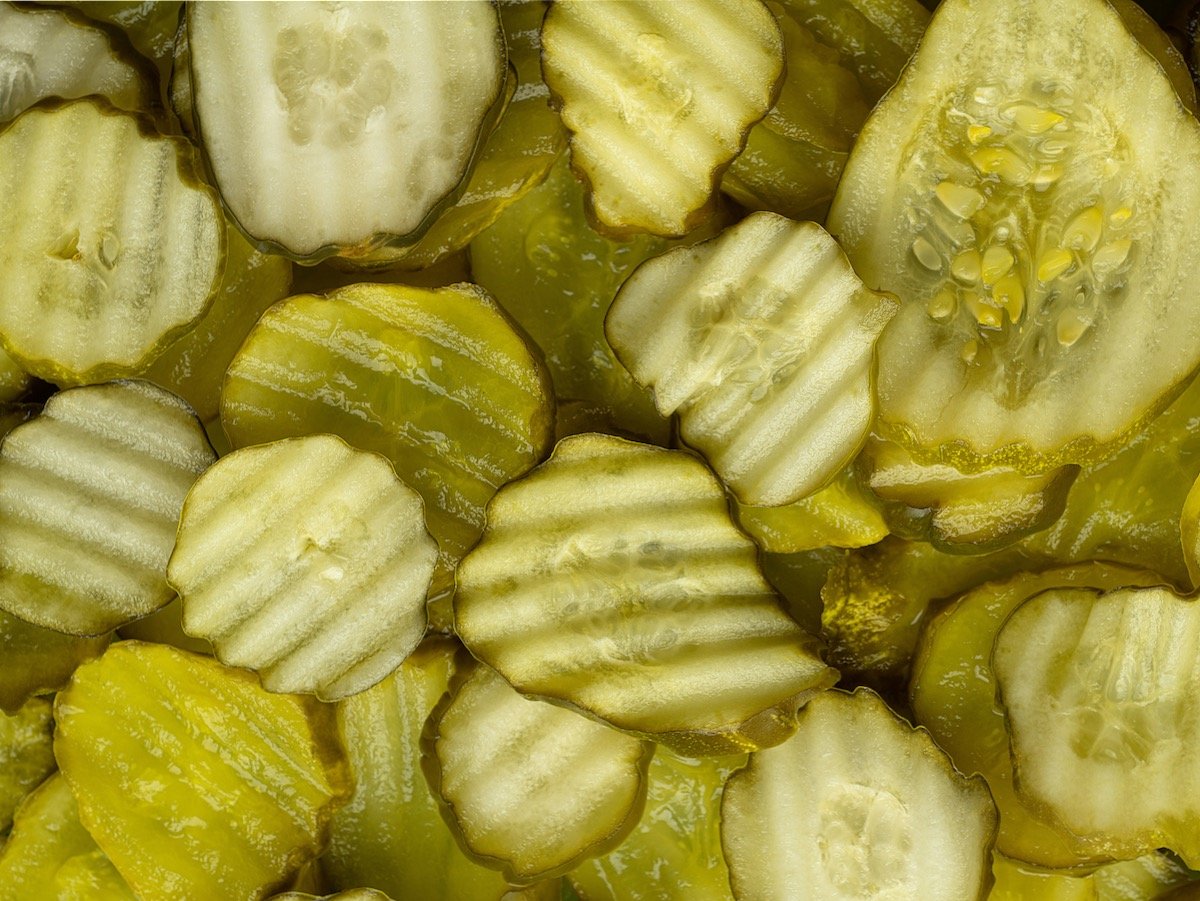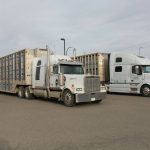If a better mousetrap comes along, we shouldn’t hold onto old methods simply because it’s the way it has always been done.
So changing how farmers are paid for canola to a component pricing system — one based on the different saleable parts of the seed — is a good idea in theory.
Farmers, like any business, should always be ready to adapt. However, there are pitfalls to change, and that’s where risk analysis becomes critical. In component pricing, that analysis is lacking.
The attraction to the system is that farmers would be paid based on the level of oil in the seed they deliver. The Alberta Canola Producers Commission has spoken in favour of component pricing, while Manitoba Canola Growers has said that its acceptance or rejection depends on the oil content level at which premiums or penalties would be applied.
Read Also

How counter-tariff policy cans Canadian choice
The unavailability of the storied Canadian pickle brand Bick’s, now processed and jarred in the U.S., shows how well-intentioned counter-tariff policy can turn sour on Canada’s consumers and cucumber growers.
SaskCanola is non-committal and has called for more study.
That may be the best route. Only after the pros and cons have been weighed, debated and analyzed should a decision be made.
Proponents of change say farmers are missing out on millions of dollars in premiums they could earn for higher oil content. They point to countries like Australia and the United Kingdom, which already use a type of component pricing.
However, there are major differences that make comparisons difficult. In 2012-13, Australia produced 3.3 million tonnes of canola, the United Kingdom produced 2.2 million tonnes and Canadian farmers produced 13.9 million tonnes, more than 2.5 times that of the other two combined.
In Australia, the pricing system was set up to encourage producers to improve the quality of their product. It was initially set at 40 percent oil content and is now 42 percent. Producers receive a 1.5 percent bonus or penalty for each one percent above or below that level.
Canada is already considered the top supplier of quality canola worldwide, with a western Canadian mean oil content of 44.5 percent in 2014. As a result, there is little need to encourage growers to do better.
As well, most of that canola is sold as commodity seed into price-sensitive markets. Would buyers pay more for high oil content or would suppliers have to find new buyers? Would Canadian suppliers offer less for oil content to meet the prices that international buyers offer?
Oil is the main driver of canola seed quality and price, but there are also other attributes, such as free fatty acid, protein and moisture content. In the push to boost oil, these could suffer and face discounts. Although only a byproduct to oil production, meal remains an important component of canola seed value. Would meal quality and pricing suffer from an over focus on oil?
It is a general truth that oil content has been trending upward in Canada, but it remains variable, depending on region. Beyond buying quality seed, there is little producers can do to improve the oil content at the farm. There are some helpful agronomic practices, such as seeding early and harvesting late and following through on soil tests to ensure optimal fertility, but largely farmers are at the whims of the weather when it comes to oil content. A bad year could see them facing heavy price penalties.
For now at least, it appears to be a case of a bird in the hand being worth two in the bush. It may prove otherwise in the future, but appropriate study and analysis must be the guiding forces. Getting that information is the job at hand.














